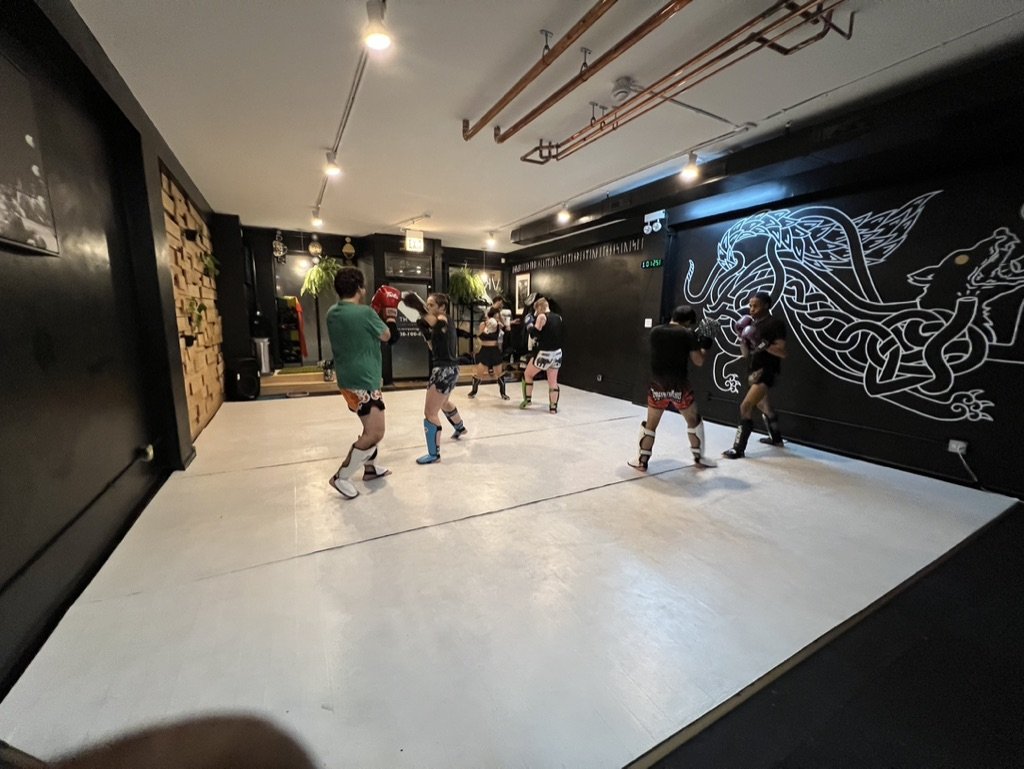



















A functional and non-intimidating approach to training that allows anyone to participate, whether it be those only interested in the fitness and stress relief aspects of training, or those interested in the self-defense and the competitive aspects of the sport.
All are welcome.


MUAY THAI, Thai Boxing or the "Art of 8 Limbs", because it uses not only punches and kicks, but knees and elbows! Is rapidly gaining popularity in the U.S. due to it's use in MMA and the UFC, as it has proven to be the most efficient and effective striking art, time and time again, inside the ring and in self defense situations

BOXING or the Sweet Science, uses hands only to strike an opponent, similarly kickboxing also incorporates leg strikes. Whether you have a dream to to be the next Muhammad Ali, want to see how hard you can push yourself mentally and physically, or just want a fighters physique and a workout that is scientifically proven to burn a 1000 calories in an hour, VKMT can coach you to your goals.

NASM Certified Personal Trainer (CPT)
EXOS Certified Physical Therapy Level 1
TRX Certified Trainer
RKC Certified Russian Kettlebell Trainer

His clients so believe in the progress they’ve made under Kale, they’ve gone as far to bring him into their work space, he is currently teaching three different classes at Google. As well as offered multiple Self defense seminars for Fortune 500 companies.













